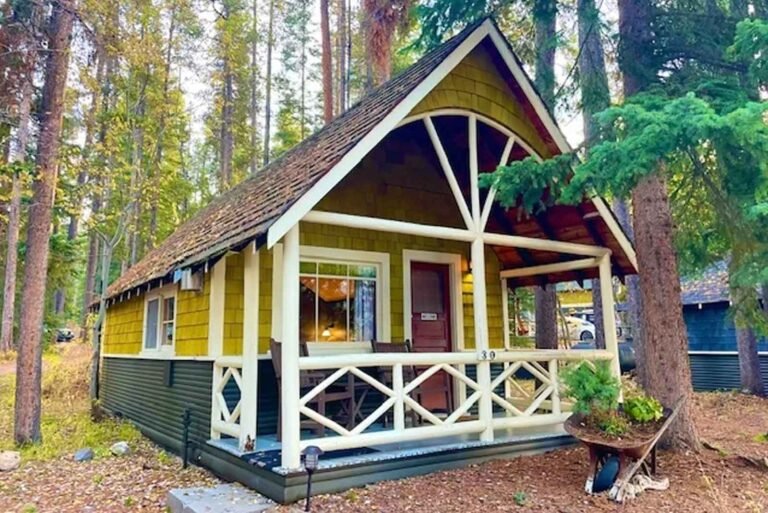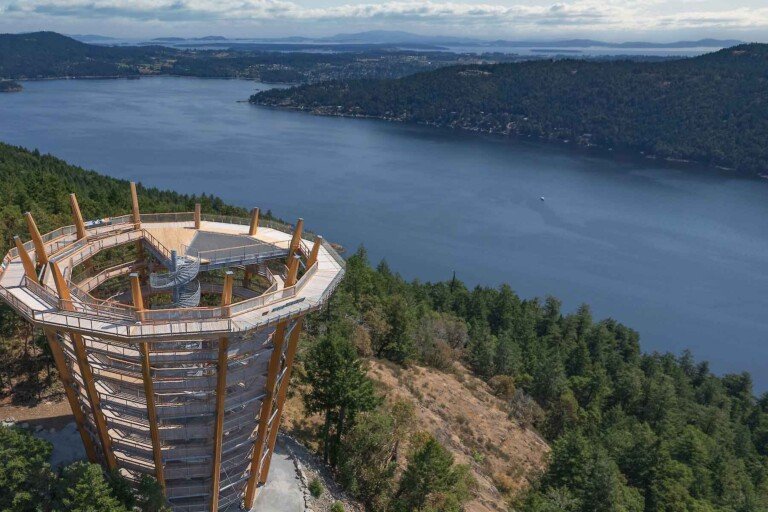Callaghan Lake Provincial Park is a prime year-round backcountry recreation area northwest of Whistler in the Callaghan Valley. The Callaghan Lake area receives an average snow pack of 275 centimetres, which may yield 150 days of skiing.
In addition, the rolling subalpine terrain is well suited to Nordic Skiing, and the steeper slopes surrounding the gentle valley floor and meadow offer telemark and ski touring opportunities. A commercial cross-country ski operation operates 4 kilometres of groomed trails within the park (of the total 38 km in its operating area), and a mountain cabin west of the park.
Other outdoor opportunities at the 2,667-hectare Callaghan Lake Park include rustic lakeside camping, canoeing and kayaking, boating, hiking, and fishing for trout and char in Callaghan Lake and Cirque Lake. There are numerous wetlands and small lakes, especially in the southern and eastern areas of the park, and in the upper headwaters of Callaghan Creek.
Callaghan Lake Provincial Park offers informal vehicle accessible campsites on a first-come, first-served basis – campsite reservations are not accepted. The current camping area can accommodate 3-5 tents in an informal area at the end of the road, close to the lake. Of all the campsites in the Whistler region, the view from Callaghan Lake is the best. Too bad there’s no one to monitor activity at the site, as partying can carry on well into the night here. Camping is available all year, when accessible.
Although hiking trails have not been developed in the park, access to numerous circuit trails may be gained from rough marked and unmarked trails at Ring Lake, Mount Callaghan, Madely Lake, and Rainbow Lake to Whistler. Cirque Lake is an alpine lake at 1,499 metres elevation and is within easy hiking distance.
Lakes in the Whistler region are often hemmed in by thick forests. Paddling out on their open surfaces reveals views that are restricted from shore. In fact, some of the best views in the area are reserved for paddlers. On a clear, calm day, the surrounding peaks are so perfectly mirrored on the lakes that you would be hard-pressed to tell the reflection from the original. The best example of this is Callaghan Lake.
Paddling out on the lake you’ll leave the hubbub of the campsite behind and be drifting over the deep, emerald-hued lake. Water temperatures are so frigid that algae barely blooms, which accounts for the lake’s exceptional clarity. It takes 30 minutes of solid paddling to reach the far end of the lake (about 1.2 miles/2 km), much of which is not visible until you round a point of land in the middle of Callaghan Lake. You’ll spend most of that time with your mouth hanging open. (Fortunately the insect population is sparser here than on shore.)
Looking across the lake to the east, you’ll see a panorama of peaks that extends from Whistler Mountain south to the Black Tusk and beyond to the glaciated slopes of Mount Garibaldi near Squamish. This is without question the most expansive mountainscape to be found in Whistler. To the south is a formidable barrier of snow-clad mountains that separates the Squamish and Callaghan Valleys. Chief among the peaks is Powder Mountain, whose icefields form an unbroken white mantle. The flanks of Callaghan and Rainbow Mountains dominate in the northwest and north, respectively. One or two locations around the lakeshore suggest places to take a break, but the bugs, at least until late August, will soon have you back on the water.
A variety of wildlife exists within the park and the surrounding area, including bobcats, cougars, coyotes, mink, Douglas’ squirrels, weasels, wolverines, and wolves. Large mammal species present include black bears, Columbian black-tailed deer, and mountain goats in their wintering area on the northeast ridge above Callaghan Lake. Transient species include moose and grizzly bears.
The park has an undeveloped car top gravel boat launch at the lakeside, and a day-use/picnic area with pit toilets and two picnic tables.
Callaghan Lake Provincial Park is located in the Callaghan Valley, northwest of Whistler, British Columbia. The park is easily accessed in summer from Highway 99. Travel 44 miles (70 km) north of Vancouver (12.5 miles/20 km south of Whistler), and turn west at the sign following the Callaghan Lake Forest Road (Callaghan FSR 01) for 10 miles (16 km) to the end.
Nearby Regions & Towns
Park Notices






